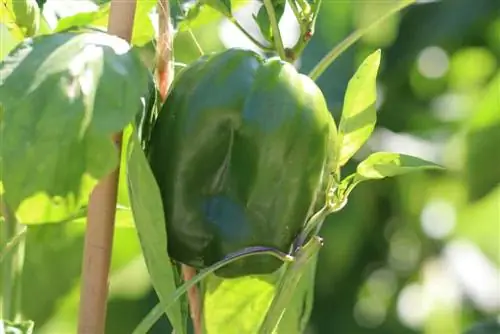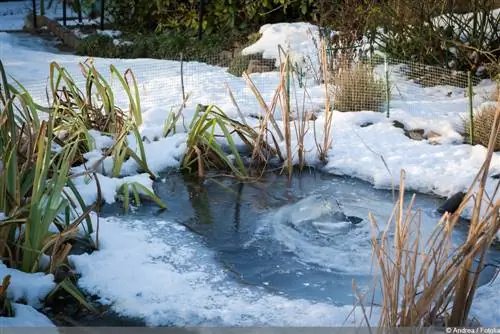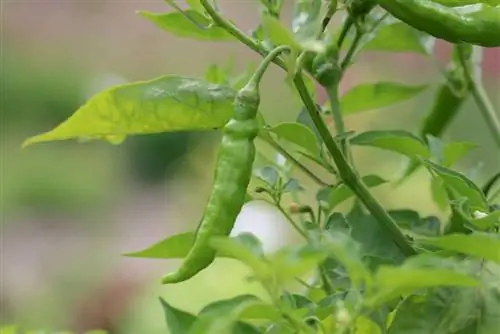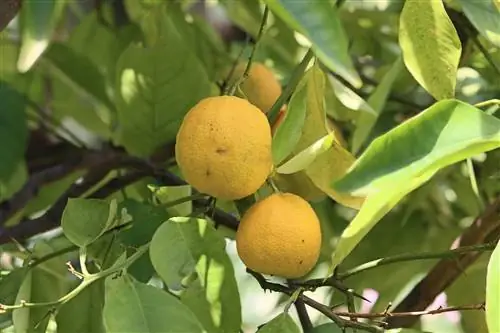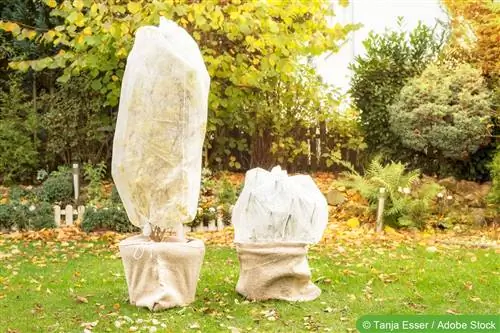- Author admin [email protected].
- Public 2023-12-17 03:39.
- Last modified 2025-01-24 12:45.
The pepper comes from Central and South America and needs a warm place to form many pods. Therefore, a sunny spot on the terrace or a greenhouse is best suited; a good harvest can only be expected outdoors in mild locations. The plants can be sown from seeds, but it is a little easier with young plants, which are available in garden centers in spring. Pepper plants need loose soil, which should be enriched with organic fertilizers before planting. Manure, compost, horn shavings or horn meal are well suited for this.
Plants and care
Pepper plants from seeds can be grown on a windowsill from February or March. Since they are very sensitive to frost, they should only be put outside after the Ice Saints in mid-May. When planting in a greenhouse, the necessary minimum distance must be observed. Depending on the height of the variety, the individual plants need a distance of around 50 centimeters from one another. In order not to injure the roots later, it is best to stick a stick into the ground when planting, to which the long shoots will later be tied. By regularly hoeing around the plant, the soil stays loose and the roots get enough air; a layer of mulch ensures that the soil does not dry out. Pepper plants need a lot of water, especially during the fruiting period. For an even better yield, they can be fertilized with nettle manure or a fertilizer for vegetable plants.
Cutting and harvesting
In order to harvest as many peppers as possible, only two main shoots should be left standing and all others should be cut off. The first flowers that appear should also be removed so that the plant continues to grow and forms additional side shoots. The pepper harvest season begins in July and, depending on the weather, can extend into November. In order not to injure the plant when harvesting, it is best to cut off the pods with scissors or a sharp knife.
Wintering
Pepper plants are mostly grown as annuals, but they can also be overwintered. Some varieties even bear more fruit in the second year than in the first. There are two options for wintering.
- In a heated room, the plant continues to be watered and fertilized as normal. It continues to bloom and produce fruit.
- In a cool room, water only sparingly and do not fertilize. In both cases, however, the pepper plants should be in a bright room where they get enough light.

